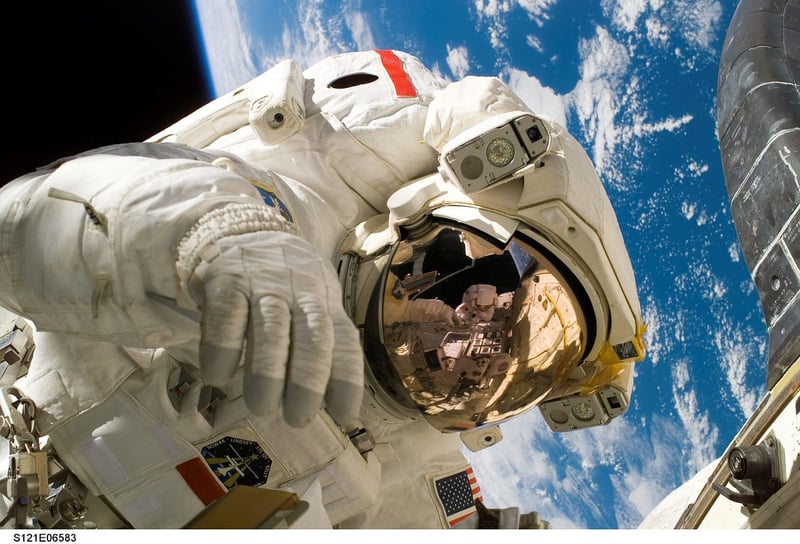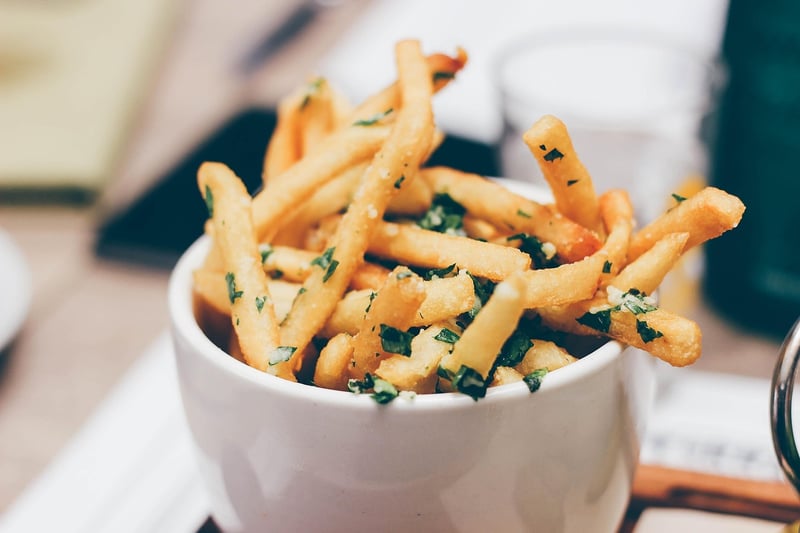Food Replication
Sustaining Life in Space Through Food Replication
As humanity embarks on longer missions in space, such as Mars colonization or deep space exploration, the challenge of sustaining life becomes increasingly critical. Providing astronauts with a stable and nutritious food source is essential for their well-being and mission success. One innovative solution that has gained significant attention is food replication technology.
What is Food Replication?
Food replication involves the use of advanced technologies to create food from basic ingredients or raw materials. It is akin to 3D printing but for food, where molecules are assembled in specific patterns to produce a wide variety of dishes. This technology holds great promise for space missions where resources are limited, and resupply missions are challenging.
Benefits of Food Replication in Space
- Resource Efficiency: Food replication reduces the need to carry a vast array of food supplies, as essential nutrients can be synthesized on-demand.
- Long-Term Sustainability: By recycling and reusing raw materials, food replication supports sustainable practices in space environments.
- Customization: Astronauts can personalize their meals based on individual preferences and dietary requirements, enhancing morale and overall health.
- Space Exploration: With food replication technology, astronauts can focus on their mission without worrying about food spoilage or storage limitations.
Challenges and Future Developments
While food replication shows great promise, challenges such as taste, texture, and variety still need to be addressed to ensure that astronauts receive enjoyable and satisfying meals. Researchers are continually working to improve the technology and expand the range of foods that can be replicated in space.
Conclusion
Food replication technology represents a significant advancement in the quest to sustain life in space. By providing astronauts with nutritious, customizable meals, this technology not only ensures their physical well-being but also contributes to the success of long-duration space missions. As research and development in this field progress, we move closer to a future where astronauts can enjoy delicious meals even in the most challenging environments.

For more information on space exploration and food replication, visit NASA's official website.
